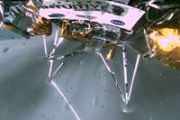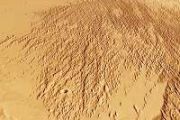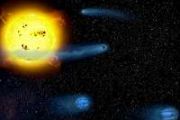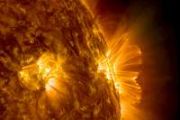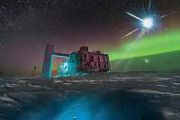
Copernical Team
New tests evaluate mission readiness of astronauts upon landing
 Have you ever felt off-balance after being on amusement rides or gotten motion sickness on a boat? Astronauts feel something similar that can be more intense when they return to Earth from space.
Once they land, their whole body - including muscles, bones, inner ear, and organs - starts readjusting to Earth's gravity. Astronauts often report feeling dizzy, lightheaded, nauseated, and off-b
Have you ever felt off-balance after being on amusement rides or gotten motion sickness on a boat? Astronauts feel something similar that can be more intense when they return to Earth from space.
Once they land, their whole body - including muscles, bones, inner ear, and organs - starts readjusting to Earth's gravity. Astronauts often report feeling dizzy, lightheaded, nauseated, and off-b NASA sets coverage for Russian spacewalks
 NASA will provide coverage of spacewalks Monday, April 18, and Thursday, April 28, as Russian cosmonauts venture outside the International Space Station to activate a new robotic arm attached to the Nauka module.
Coverage for both spacewalks will begin at 10 a.m. EDT each day on NASA Television, the NASA app, and agency's website. Each spacewalk is scheduled to begin around 10:25 a.m.
NASA will provide coverage of spacewalks Monday, April 18, and Thursday, April 28, as Russian cosmonauts venture outside the International Space Station to activate a new robotic arm attached to the Nauka module.
Coverage for both spacewalks will begin at 10 a.m. EDT each day on NASA Television, the NASA app, and agency's website. Each spacewalk is scheduled to begin around 10:25 a.m. Artemis astronauts will ride in style in new crew transportation vehicles
 When astronauts leave their crew quarters at NASA's Kennedy Space Center in Florida for their lunar mission, NASA's Artemis II crew will ride in a new set of wheels: A fleet of shiny crew transportation vehicles provided by Canoo Technologies Inc., will take them to Launch Pad 39B for their historic ride aboard the Space Launch System rocket and Orion spacecraft.
The fleet will consist of
When astronauts leave their crew quarters at NASA's Kennedy Space Center in Florida for their lunar mission, NASA's Artemis II crew will ride in a new set of wheels: A fleet of shiny crew transportation vehicles provided by Canoo Technologies Inc., will take them to Launch Pad 39B for their historic ride aboard the Space Launch System rocket and Orion spacecraft.
The fleet will consist of Astra announces electric propulsion system contract with LeoStella
 Astra Space, Inc. (Nasdaq: ASTR) and LeoStella LLC ("LeoStella") has announced a contract for Astra to provide multiple Astra Spacecraft Engines for LeoStella satellites. Astra is expected to begin delivering the propulsion systems later this year and into 2023.
LeoStella designs and manufactures operational satellites cost effectively and at scale. Astra's Spacecraft Engine has demonstrat
Astra Space, Inc. (Nasdaq: ASTR) and LeoStella LLC ("LeoStella") has announced a contract for Astra to provide multiple Astra Spacecraft Engines for LeoStella satellites. Astra is expected to begin delivering the propulsion systems later this year and into 2023.
LeoStella designs and manufactures operational satellites cost effectively and at scale. Astra's Spacecraft Engine has demonstrat European Space Agency stops cooperation with Russian lunar missions
 The European Space Agency on Wednesday ended cooperation with Russia on three missions to the Moon due to Moscow's invasion of Ukraine, following a previous decision to do the same for a Mars mission.
The ESA said it would "discontinue cooperative activities" on Luna-25, 26 and 27, a series of Russian lunar missions on which the European agency had aimed to test new equipment and technology.
The European Space Agency on Wednesday ended cooperation with Russia on three missions to the Moon due to Moscow's invasion of Ukraine, following a previous decision to do the same for a Mars mission.
The ESA said it would "discontinue cooperative activities" on Luna-25, 26 and 27, a series of Russian lunar missions on which the European agency had aimed to test new equipment and technology. Mars astronauts will create fuel by having a shower

When astronauts begin exploring Mars, they will face numerous challenges. Aside from the time and energy it takes to get there and all the health risks that come with long-duration missions in space, there are also the hazards of the Martian environment itself. These include Mars' incredibly thin and toxic and toxic atmosphere, the high levels of radiation the planet is exposed to, and the fact that the surface is extremely cold and drier than the driest deserts on Earth.
As a result, missions to Mars will need to leverage local resources to provide all the basic necessities, a process known as In-Situ Resource Utilization (ISRU).
James Webb telescope's coldest instrument reaches operating temperature
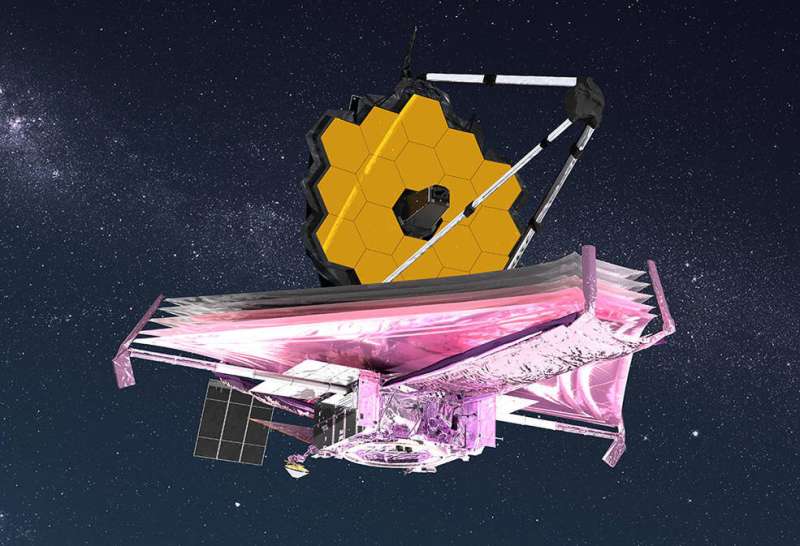
NASA's James Webb Space Telescope will see the first galaxies to form after the Big Bang, but to do that, its instruments first need to get cold—really cold. On April 7, Webb's Mid-Infrared Instrument (MIRI)—a joint development by NASA and ESA (European Space Agency)—reached its final operating temperature below 7 kelvins (minus 447 degrees Fahrenheit, or minus 266 degrees Celsius).
COMET upgrade for ESA’s mission design centre
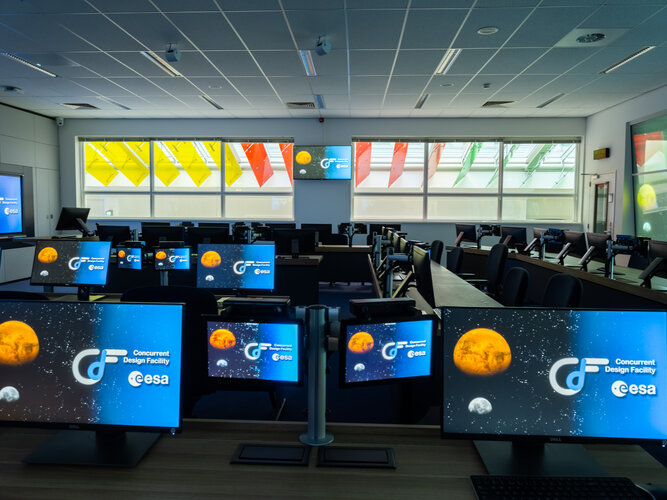
ESA has a new tool for designing space missions. The Agency’s Concurrent Design Facility – bringing together different experts for the rapid creation and evaluation of virtual spacecraft designs – has adopted an advanced software tool, COMET, which will help extend the use of digital models into further mission development phases. Its open source nature means it is freely available beyond ESA Member States, facilitating international cooperation with wider space agencies, research institutions or companies.
Media session - ESA Council extraordinary meeting
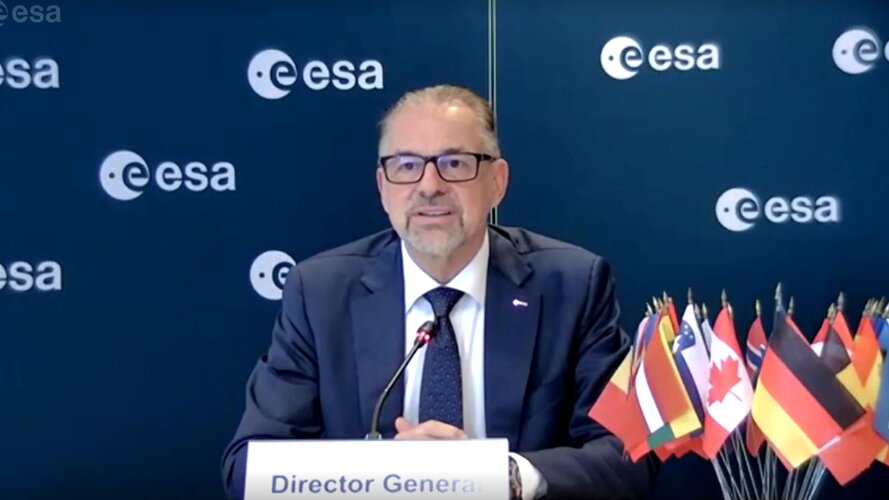 Video:
01:15:00
Video:
01:15:00
ESA Director General Josef Aschbacher shares the outcome of the ESA Council extraordinary meeting in this virtual Q&A with journalists. Additional updates are provided on ESA’s main programmes, the overall rollout of Agenda 2025 on the way to the ESA Ministerial Meeting in November 2022 as well as further implications of the current geopolitical situation on ESA’s activities.
Tiny but precise: Team creates compact device to help spaceships land safely on planets

A NASA-funded team led by SMU researchers think that their small, lightweight device developed to measure spaceship velocity will improve the odds of successful landings on Mars and other planets.
Smaller, they say, is better in space.
The optical microresonator built by the team is only 2 millimeters in length, compared to the velocity-monitoring tool most commonly used on spacecraft—the Fabry-Perot interferometer—which can be as long as 500 millimeters. NASA and other space agencies may be able to use the microresonator to get an accurate, quick measurement of how fast a spaceship is moving in a specific direction.


